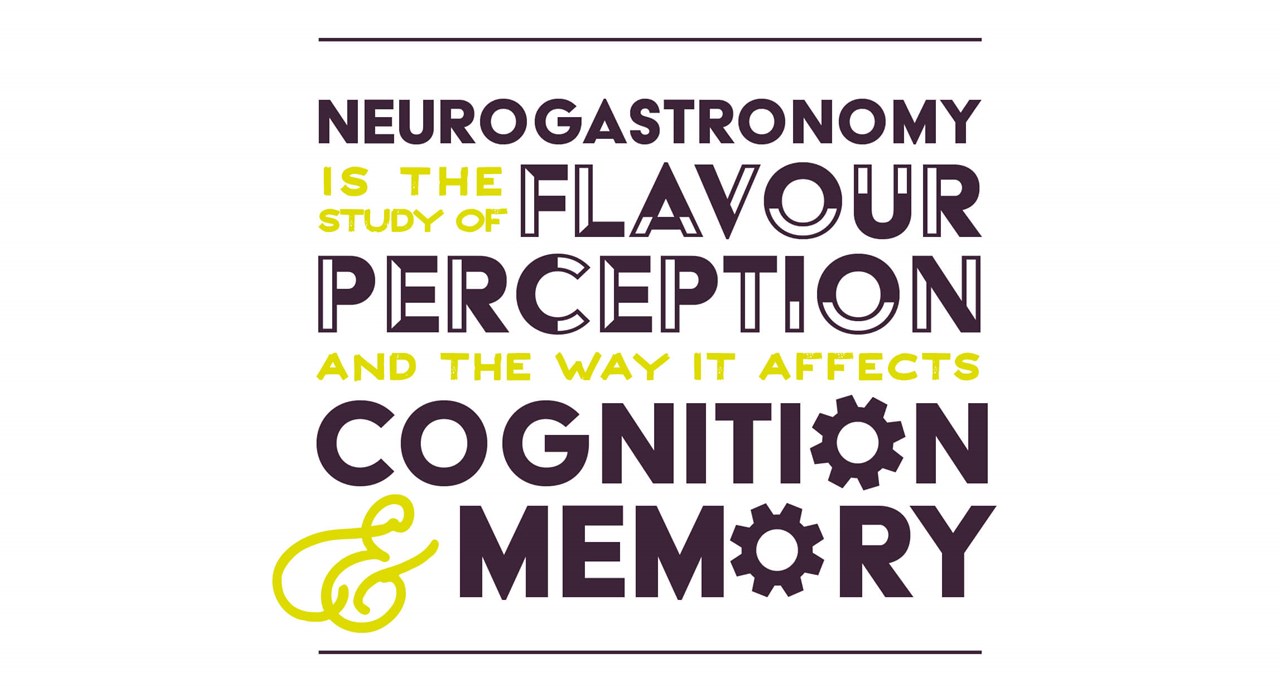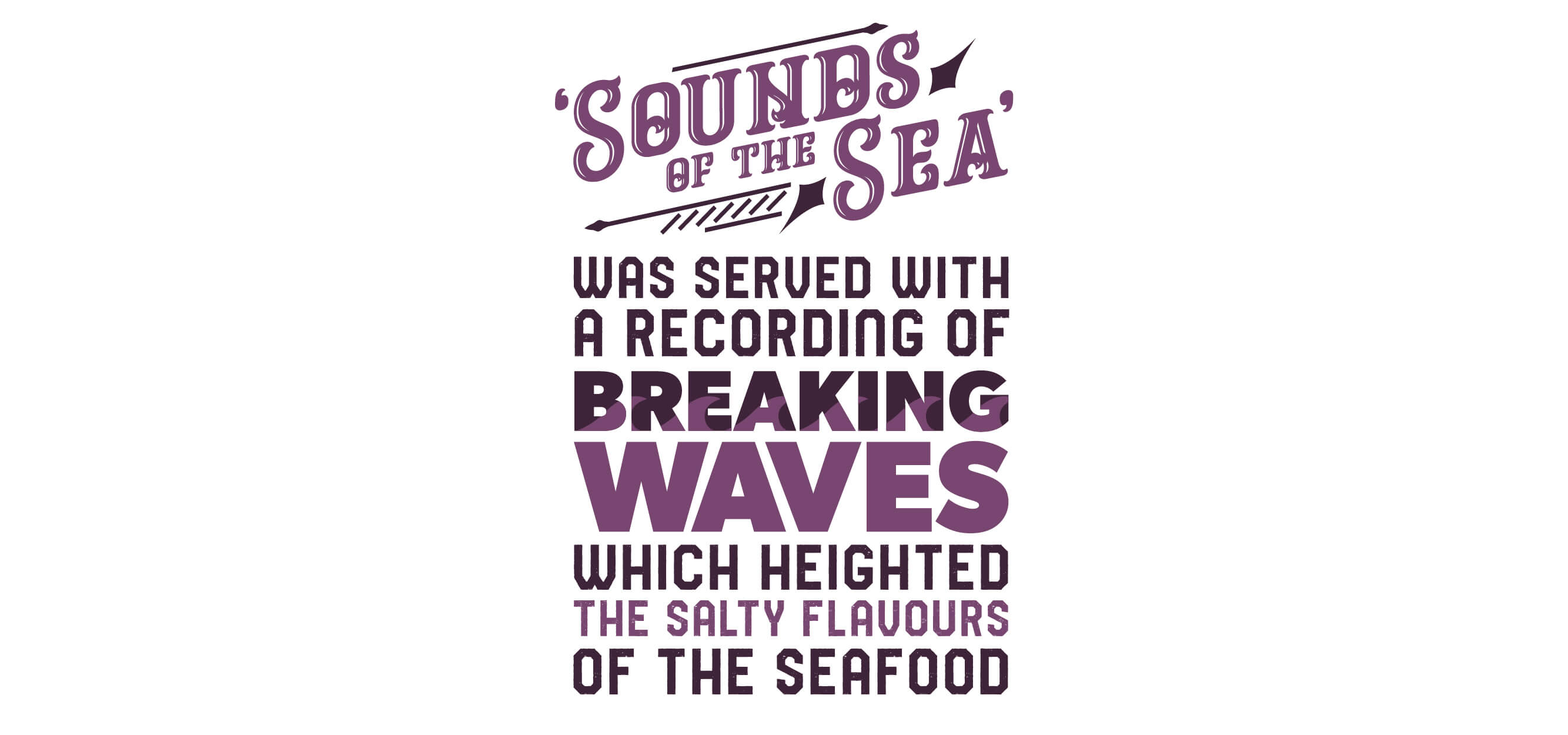At Lime Venue Portfolio, we have long been the self-appointed cheerleaders for ‘better’ meetings and events, but what does this really mean, and how does it tap into the future of food? In essence, it is widely agreed, throughout the industry, that those events that look to create memorable experiences win out against those who seek only to impart flat messages. Experiences make those same messages resonate.
We’re also in the age of the Experience Economy right now, where financial pressures and a changing consumer demographic are building economies built around experiences. In short, we’re seeing a generation of people who prize memories above consumables; its experience creators that help create these moments.
As a business with food at its core, we’ve always looked to support events that see beyond the mundane expectation of delegates just to be fed. We see the meal as being an opportunity to hone messaging, to underline the purpose of the event, to create theatre and, of course, memorable experiences. This started with simple things like drawing logo’s on the plate with the jus or creating engaging serving ‘stations’; it’s never been beyond us to serve canapés on hubcaps at car launches or to have our waiting staff wearing the latest trainers for a sports brand. So, it shouldn’t be any surprise that we’ve been interested in neurogastronomy for some time and see it as having a major role in the future of events.
Neurogastronomy is the study of flavour perception and the way it affects cognition and memory. It was a phrase first coined by the neuroscientist Gordon M Shepard and made very famous by chef Heston Blumenthal, over 10 years ago, when he first served his infamous ‘sounds of the sea’ dish. The discipline brings together psychology, neuroscience, sensation, learning and decision making. In short though, the key theory is that flavour originates in the brain, rather than in the food itself. Or more basically, if we feed the mind, and trigger all the senses, we can make food even more pervasive than it has at any point in our history.

So, what does it look like in practice? For Chef Blumenthal, ‘sounds of the sea’ was served with a recording of breaking waves, which heightened the salty flavours of the seafood. Other examples include research that have proved that desserts taste creamier served in a round bowl rather than a square plate; background hissing or humming makes food taste less sweet; crisps feel softer if we can’t hear them crunching in our mouth.

Event chefs have been well aware of these kinds of research for some time and have worked in partnership with forward thinking organisers to create the right environment to get the most out of meals. This could be from how flashing lights at award ceremonies will distort the colours on the plate, to how the music is pitched to allow conversation and create an atmosphere. As we look to the future though, expect to see these conversations go further; aromatic mists, subtle sound effects and more integration between the light and the colour on stage and the food on the plate.
This could again be super charged when combined with the progress made in other audio-visual industries. Augmented reality could create different ‘sets’ for different meals, tables, or even on an individual basis, that heighten the experience. Imagine eating Tex-Mex, with a view of the prairie in front of you or having Thai flavours enhanced by the sights and smells of Bangkok. More than just looking at pretty pictures but bringing you into that world in an authentic way.
For Lime Venue Portfolio and our customers, the options are becoming infinite when it comes to food at events. How can brands capitalise on the science to take experiences to yet another level? To underline their messages, create resonance, but also, at a very basic level, to give people a mind-blowing experience they will remember forever.
Event organisers live in a perpetual state of ‘needing to do better next year’ and are constantly benchmarked against their last event. Now, with the Experience Economy creating experiences everywhere from coffee shops to sports stores, it’s for event planners to look to find a new and exciting edge through their events. Neurogastronomy could be just the start in bringing a complete audio visual and sensory world together.





